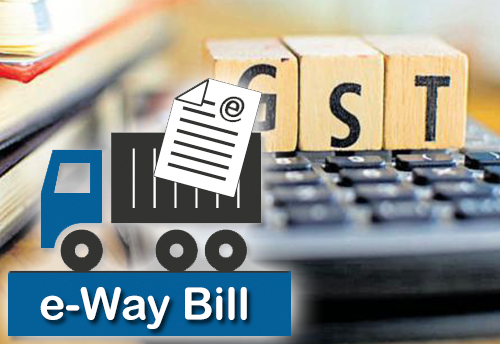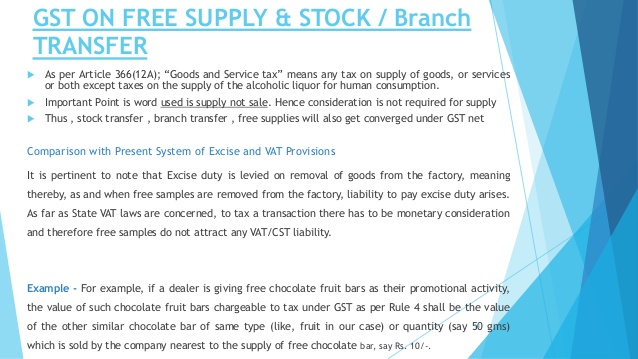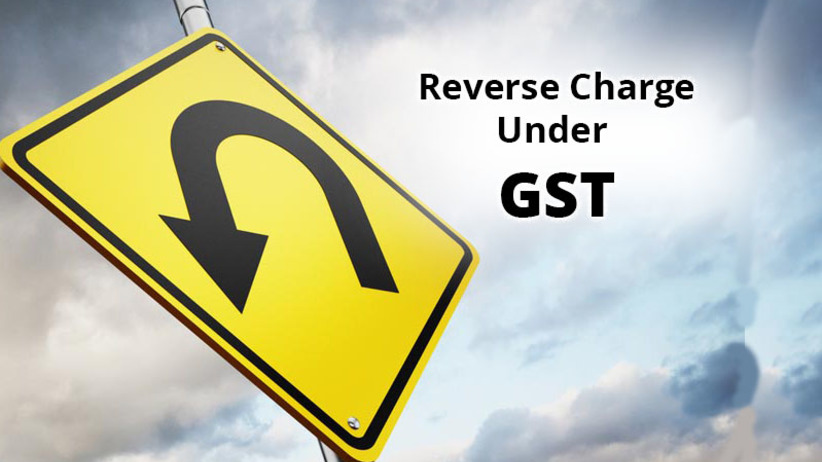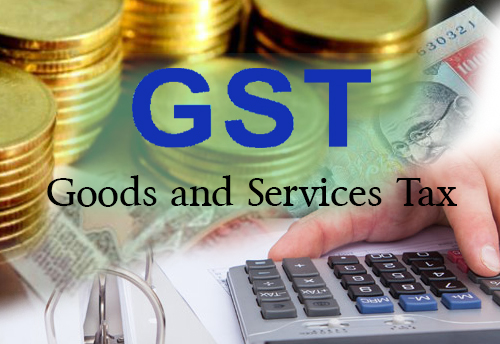Overview of E Way Bill (Electronic Way Bill) under GST Regime

Overview of E Way Bill (Electronic Way Bill) under GST Regime
In the transition phase of General sales tax to Value added Tax and the initiatives of E-Governance, like Goods and Service Tax (GST), many states have made several efforts, but they were unable to provide the desired outcome. It appears efforts made to introduce Goods and Service Tax are in the similar direction. However, the difference is under Goods and Direct Tax, the considerable share of origin transactions is being electronically tracked. Though it is going to contribute a substantially towards the goal, the process to be undertaken and employment of IT mechanism in generation of the form by the traders seems be not according to the expectation. In this regard understanding the issue and monitoring of E Way Bill under GST regime is of utmost importance
Generation of E Bill under GST and Experience under the present Law
Also, certain provisions like empowering the check post officers for intercepting and inspecting the vehicles which are already verified in exceptional cases, puts a lot burden on a transporter. Including the items which aren’t in the nature of Goods and Service Tax, supplies are totally against the initiatives of constructing a positive momentum of Goods and Service Tax implementation.
Overview of E Way Bill under GST

The E-Way Rules drafted under Goods and Service Tax for inter and intra states movements of Goods
|
|
| Who can generate? | a) A Person Causing goods movement – can be a consignor of the goods or consignee
b) The E-way bill can be generated by a Transporter if it is not generated by person referred under (a) or under the cases where en route it has to transfer to another due to permit, accidents or any other issues
c) Where in a case multiple consignments are involved in a single conveyance the transporter has to generate the E-way bills for each consignment. The transporter has to generate a consolidated E-way bill Form GST ins 02. |
| What would be the value of the Consignment? | Rupees 50,000 or above (For registered person an option with value less than Rs. 50,000 is also provided)
|
| What are the goods covered under this? | All supplies including the supplies which are not covered under the GST Inward supplies from the unregistered persons
|
| What is the Format? | GST INS-01
(A) Part – It’s about Goods (B) Part- It’s about the Information of transporter & Vehicle
|
| What are the documents to carry? | a) Bill or Invoice of supply or delivery challan
b) The E-way Bill Copy or E-way Bill number mapped to a Radio Frequency Identification Device fixed into the conveyance.
c) In case where the consignments are not the covered under the supplies then copy of bill of supply/ copy of invoice /Delivery Challan/ Bill of entry
|
| Whether E Way bill can be canceled? | E way bill Can be canceled within 24 hrs., if it has not been verified |
| Whether the receiver can reject? | Recipient is entitled either to accept or reject within 72 hrs. Or Else, it will be deemed to be accepted by the receiver.
|
| Up to how many days it will be valid? | For Less than 100 Kms- 1 day
For 100 kms to 300 Kms- up to 3 Days For 300 kms to 500 Kms- up to 5 Days For 500 kms to 1000 Kms- up to 10 Days For more than 1000 Kms- up to 15 Days
|
| Is there any alternative way to generate to E-way bill? | A registered person may get an invoice by uploading his tax invoice from common. It will be valid for a period of 30 days. |
| Limitation of verification en-route | Once it is duly verified no further verification is required.
|
Conclusion: We hope that the existing draft rules will be amended by the Government, more user-friendly, with no compromise on unlawful moments of goods, while keeping in the mind the past experiences.
Related Read- Understanding All about GST


 Sales Tax For E-Commerce: 3 Things Small Businesses Should Know
Sales Tax For E-Commerce: 3 Things Small Businesses Should Know  What Is The GST Liability on Free Supply of Goods and Services?
What Is The GST Liability on Free Supply of Goods and Services?  Some FAQs about GST- Understanding Scope and Provisions of GST
Some FAQs about GST- Understanding Scope and Provisions of GST  Understanding the Reverse Charge mechanism under GST and IGST?
Understanding the Reverse Charge mechanism under GST and IGST?  Pros and Cons of GST- Is Ushering in of GST worth Celebrating as media wants us to believe?
Pros and Cons of GST- Is Ushering in of GST worth Celebrating as media wants us to believe?  Arrests and Detention Provisions under GST in Detail- Are these justified
Arrests and Detention Provisions under GST in Detail- Are these justified  ITAT Amritsar: No Section 269SS Violation for One-Time Cash Payment Before Sub-Registrar
ITAT Amritsar: No Section 269SS Violation for One-Time Cash Payment Before Sub-Registrar  Tax Officials Unleash Digital Dragnet: How New Raid Powers Redefine Privacy, Property Rights in India and likely to Fuel Corruption
Tax Officials Unleash Digital Dragnet: How New Raid Powers Redefine Privacy, Property Rights in India and likely to Fuel Corruption  Income Tax Department Rewards for Reporting Tax Evasion: A Comprehensive Guide
Income Tax Department Rewards for Reporting Tax Evasion: A Comprehensive Guide  Forfeiture of Gratuity by Employer- What are the Remedies for an employee- Can employer be challenged?
Forfeiture of Gratuity by Employer- What are the Remedies for an employee- Can employer be challenged?